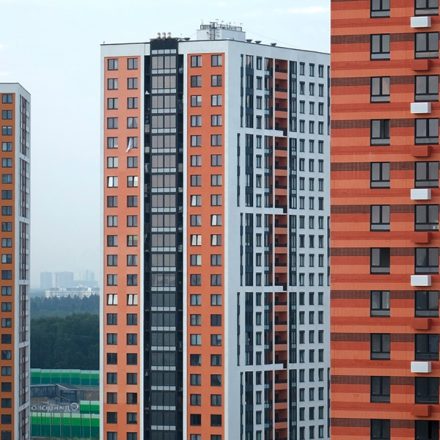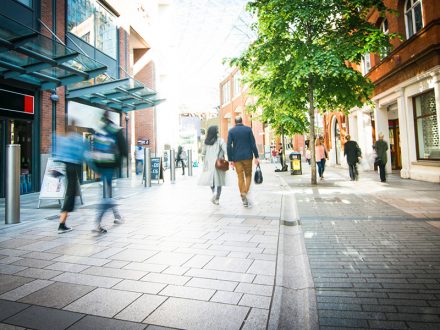Edwards Duthie Shamash represents the residents of Samuel Garside House. In January 2019, a Fire Risk Assessment in relation to blocks of flats built by Bellway Homes at Samuel Garside House in East London, raised concerns with the wooden cladding on the balconies. It stated that if “a balcony does catch fire it should be noted that this will accelerate fire spread…”
On 9th June 2019, just five months after the Assessment, and one year after the horrific blaze in Grenfell Tower, yet another block of flats in London was engulfed in flames. This fire at Samuel Garside House tore through the wooden balconies of the six-storey block of flats. Eight flats were destroyed with damage to the remaining flats. Three months after the fire, many residents still remain in temporary accommodation, moving from hotel rooms to unfurnished apartments. Residents remain traumatised.
How can it be that the building owner was aware of the fire warning, and recommendations for remedial action, yet there was insufficient action and as a result, the fire took place? How can it be that wooden cladding, vulnerable to fire risk, was part of the original design and still exists in these flats despite the fire?
The number of new homes registered in London has more than doubled compared to previous years. With the influx of new homes being built and registered, and the capital’s focus on apartment blocks, balconies and decorative appearance, what does this mean for the future in respect of materials used on apartment blocks and balconies?
The Government’s previous advice of December 2018 was that buildings standing more than 18 metres tall are classed as high rise and so are subject to more stringent restriction on the type of cladding they can use. There was opposition and questions raised as to why there was no control for buildings below the 18 metres threshold, and why there was no requirement for developers to use materials with limited combustibility for buildings under 18m.
Advice Note on risks
The good news is that on 24th June 2019, the Ministry of Housing, Communities & Local Government published an Advice Note on risks arising from balconies. Importantly, the Note applies to all residential buildings irrespective of the height of the building.
The Government advises that where a building has balconies which are constructed of combustible materials, “the clearest way to prevent the risk of external fire spread is to remove and replace any combustible material with one that is non-combustible…”. This is progress is monumental but not yet a legal requirement.
Going forward, building owners are now obliged to assess the materials used on balconies on buildings of any height, and determine whether they are combustible materials, or impose risk of fire. The onus is on the building owner to take action to manage and eliminate the risk.
Residents Association
If you are a tenant and/or a member of a Residents Association you should be considering your position if the block where you live is covered by wooden cladding or other cladding susceptible to fire. You should be looking to see how your Landlord can be compelled to remedy this potentially serious problem that could be putting you at risk. Edwards Duthie Shamash can advise and assist on cladding concerns, and remedies available.




